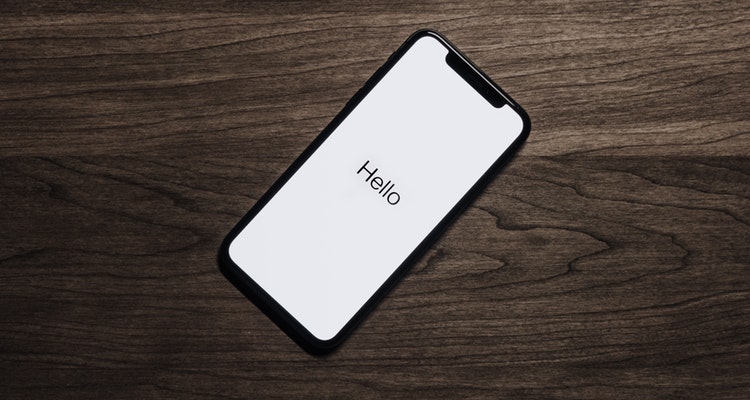
Photo Credit: pexels
In the coronavirus era, the phrase “wiping your phone clean” has taken on a completely new meaning. Instead of cleaning up what’s on the inside of their phones, people are now looking to clean up what’s on the outside of their phones. Even Apple has gotten into the act, suggesting that Clorox disinfecting wipes can be useful in eliminating the coronavirus on iPhone surfaces. That’s well and good, but you can easily see how this could go terribly, terribly wrong as social media and tech giants start to promulgate public health guidelines.
Advice on disinfecting your phone
In a worst case scenario, of course, people might decide to use Clorox bleach – or some other type of liquid cleaning solution – on their entire iPhone. This is something that Apple has specifically warned against, saying that iPhone users should never use bleach on their devices. If any moisture from a liquid cleaning agent gets into any of the openings of an iPhone, it would be the same result as if you accidentally dropped your iPhone into a bucket of water. By now, we’ve all seen the viral videos on social media of people giving step-by-step instructions of how to dry out an iPhone if it gets dropped into water. We’re now seeing a similar viral surge of YouTube videos showing you “how to disinfect your iPhone.”
Who do you believe: Apple or the CDC?
Of course, with all the CDC warnings about not touching your face with your hands, it’s easy to see why people are concerned about disinfecting phone screens and phone keyboards. Holding a phone up to your face for several minutes at a time would presumably be enough time for a nasty coronavirus to make the leap from your iPhone to your mouth, nose or eye. But as we’ve seen with facemasks, it’s not always clear what the truth is. Do they work, or don’t they work? We’re now getting into uncharted territory, as companies like Apple start to make up new rules along the way.
Common sense in the smart phone era
So let’s take a step back and think about other user behaviors and norms using smart phones that are, ahem, anti-social, and could do with a little updating in the era of coronavirus. One particularly widespread and anti-social practice is taking smartphones into the bathroom. How many times have you been in a public restroom, where you heard people conversing from their phones while taking care of some very personal business? Sometimes, these same people will emerge from the bathroom stall, still talking on the phone, and completely ignoring the practice of washing their hands as they exit the bathroom. On social media, there’s an entire lexicon that has sprouted up around “toilet texting.” Imagine what would happen if Apple and Google combined on a slick PSA warning people about the practice of “#toilettexting”! That might do more to stop the spread of coronavirus than wiping down phones with Clorox wipes.
New public health roles for social media companies
The big picture here is that big social media and tech giants are increasingly taking on a new role in society. Thanks to the blurring of the line between public health and big tech, companies like Apple and Google are leading the charge when it comes to initiatives like contact tracing. And thanks to the blurring of the line between social media and government health organizations, big social media platforms like Facebook and YouTube are turning into the final arbiters of truth when it comes to the coronavirus. Against this backdrop, it’s perhaps not surprising that Apple is now just as trusted a voice on public health as the CDC. With great power, though, comes great responsibility.